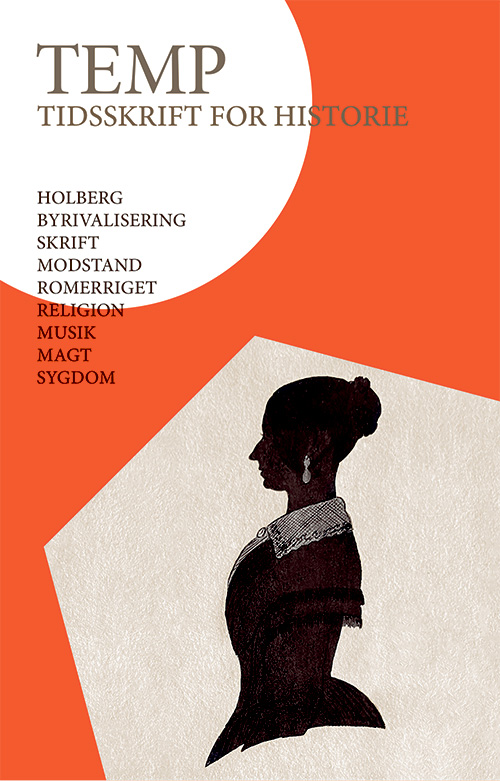Kampen om Landsretten
Resumé
During the early twentieth century, the cities of Viborg and Aarhus competed over
the location of the High Court for western Denmark. This article analyses this rivalry,
focusing on the reasons for the decision to place the court in Viborg in the context
of regional power dynamics and theories of urban identity. The primary explanations
for the court’s placement in Viborg include the city’s long history as a judicial centre
and the resulting urban identity, interest-driven politics, and historical narratives,
combined with the political composition of the Folketing and Landsting, as well as the
regional and national power dynamics.
The struggle for the court was part of a long-standing rivalry and identity
clash between Viborg and Aarhus, which can be seen as an ongoing conflict over influence,
significant institutions, prestige, economy and power between the two unofficial
capitals of Jutland. As the historical capital, Viborg often won in conflicts over traditional
and symbolic institutions, while Aarhus, as the modern capital connecting the
central government to Jutland, triumphed in areas like infrastructure, economy, and
education. The regional interests and urban identities of Jutland’s former and current
capitals continue to be manifested in the rivalry between Viborg and Aarhus.
Downloads
Publiceret
Citation/Eksport
Nummer
Sektion
Licens
Copyright temp - tidsskrift for historie og forfatterne.
Artikler publiceret i Temp må citeres, downloades og videresendes for ikke-kommerciel brug, under forudsætning af normal akademisk reference til forfatter(e) samt tidsskrift, årgang, nummer og sider. Artiklerne må kun genudgives med eksplicit tilladelse fra forfatter(e) og tidsskriftet.





